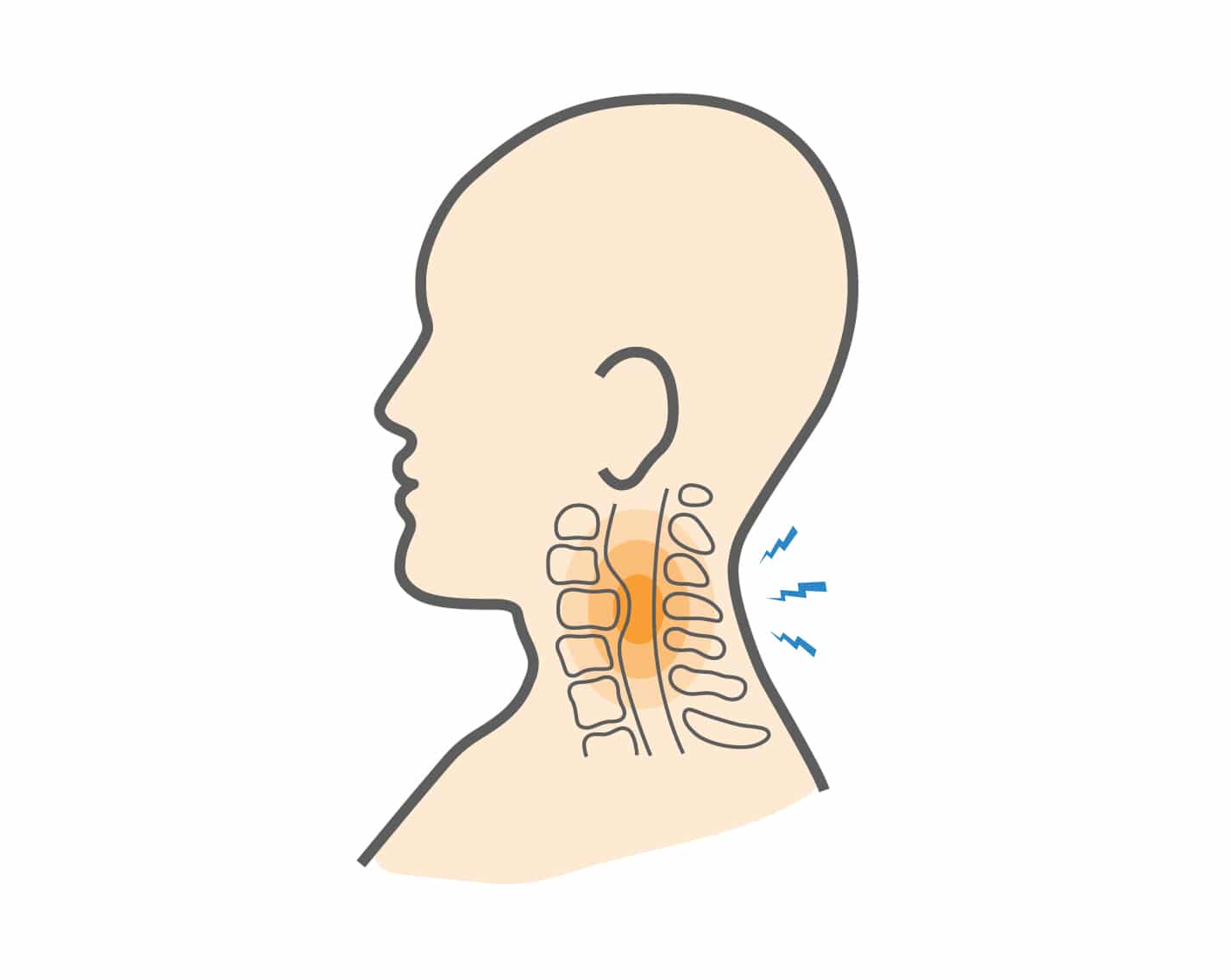Spinal cord contusions, also referred to as transient quadriplegia or cervical neurapraxia, result from an injury to the upper part of the spine, called the cervical spine. . Inside this column are the spinal cord and other nerves that connect to the brain and muscles. The spinal cord can become bruised when the cord gets compressed against the spinal column, called a contusion. This type of injury can affect athletes, particularly those who play contact sports.
Spinal Cord Contusions Causes, Symptoms & Treatment Options
Spinal cord contusions, also referred to as transient quadriplegia or cervical neurapraxia, result from an injury to the upper part of the spine, called the cervical spine. The spinal cord can become bruised when the cord gets compressed against the spinal column, called a contusion. This type of injury can affect athletes, particularly those who play contact sports.
Overview
Overview

What causes Spinal Cord Contusions?
Athletes are at risk for this injury because extreme movement of the head and neck can compress the spinal cord within the spinal column. A direct blow to the neck can also cause the compression of the spinal cord or the blood vessels that supply the spinal cord. Athletes at greatest risk are those with arthritis in their neck, which narrows the spinal column. Some athletes may have a narrower spinal column due to a congenital abnormality.
Spinal cord contusions are most common in these sports:
- Soccer
- Football
- Wrestling
- Rugby
- Diving
- Gymnastics
Symptoms
Athletes with a spinal cord contusion experience acute pain in their neck. Along with neck pain, other common symptoms may be felt in both arms, both legs, or all four extremities. These include:
- Numbness
- Weakness
- Tingling
When to see a doctor
Athletes who sustain an injury to their neck with associated numbness and weakness should seek medical care immediately at an emergency department. Your doctor will ask about your injury and physical activity. A physical examination will assess areas of tenderness and weakness. Imaging tests, such as an x-ray and magnetic resonance imaging (MRI) test, will help confirm the diagnosis and rule out other potential sources of your symptoms.
Non-operative treatment
Athletes should avoid physical activity until their symptoms resolve. Conservative treatments also include:
- Nonsteroidal anti-inflammatory drugs (NSAIDs), such as ibuprofen and naproxen, to help relieve pain
- Physical therapy exercises to improve range of motion and strengthen muscles
Surgical Treatment
Spinal cord contusions are generally treated with conservative methods. In rare cases, surgery may be needed.
Recovery
Athletes with spinal cord contusions may have to wait weeks or months to give their spinal cord time to heal before they can return to play. Your doctor will advise you on when its okay to return to your normal level of activity.
GET BACK TO WHAT YOU LOVE. FASTER
Sources
http://www.aans.org/Patients/Neurosurgical-Conditions-and-Treatments/Spinal-Cord-Injury
https://www.spinalcord.com/blog/signs-of-a-serious-spinal-contusion
https://www.medicinenet.com/spinal_cord_injury_treatments_and_rehabilitation/article.htm#what_is_the_spinal_cord_injury
https://www.healio.com/orthopedics/journals/ortho/2012-1-35-1/%7B7b1ed5f6-d6ca-435e-b69a-dba8a6d7c3c0%7D/spinal-cord-contusions
https://www.hopkinsmedicine.org/healthlibrary/conditions/physical_medicine_and_rehabilitation/spinal_cord_injury_85,P01180
http://www.uscspine.com/conditions/sports-injuries.cfm

